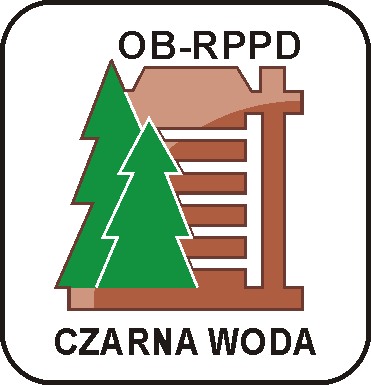
-
Bulletin
Research & Develpoment Centrefor Wood-Based Panels in Czarna Woda
Susceptibility of drilling particleboard with share of hemp shives
Radosław Auriga, Piotr Borysiuk, Aleksandra Waracka, Alicja Auriga
- Abstract
- Article full text in English
The influence of the share of hemp shives in individual layers of the three-layer particleboard on its susceptibility to drilling was investigated. Seven variants of three-layer particleboards were produced with the share of 0, 10 and 25% hemp shives in either the face or core layer, as well as in the face and core layers, respectively. The particleboards were examined for the axial force and torque that occurs during drilling. The obtained results allow to conclude that both the share of hemp shives and the layer in which this share occurs significantly affect the value of the axial force and torque during drilling. It should be marked, that a significant influence on the axial force and torque occurred only when 25% share of hemp shives was at the same time in the face and core layers of the particleboard.
Bacterial cellulose - characteristics, synthesis, properties
Dominika Bednarczyk, Izbela Betlej, Piotr Boruszewski,
- Abstract
- Article full text in Polish
The work includes a detailed query in the field of microorganisms with the ability to synthesize bacterial cellulose, taking into account the course of symbiotic interaction processes generated by them, resulting in the formation of cellulose chains in their cells. Moreover, based on the literature data, the characteristics of selected properties of bacterial cellulose and the methods of culturing biopolymer synthesizing microorganisms were presented, including the examination of the influence of fermentation conditions on the efficiency of its production.
Comparative technological strength studies of furniture plywood elements
Ewa Skorupińska, Krzysztof Wiaderek, Maciej Sydor
- Abstract
- Article full text in Polish
In flow furniture production, it is expected that the properties of input materials are within known limits with little dispersion and do not change excessively from batch to batch. As the current supply chain disruptions have reduced the production capacity of some board furniture suppliers, this has made it necessary to include the input materials in production from many suppliers. These materials are the same as to their type but in practice have different strength properties. This makes it necessary to experimentally verify these properties for each batch. Such verification tests were carried out on samples with dimensions that corresponded to the dimensions of the furniture elements (990 × 150 × 12 mm, length × height × thickness) made of plywood from five different suppliers. The aim was to compare the average strength and the variability of this strength in the series tested. The tests were carried out using a new original method and a new research device. The mean values of the destructive forces for the reference samples were 1428 N, with a variability of 12% of the mean. The lowest mean value was measured for the serie C (790 N, 22% variation). The greatest variability in the strength of individual samples in the series were observed for series B (variation 70% of the average strength). Main conclusions and observations: (1) in industrial practice, materials of the same type may have different properties, which excludes them from mass production; (2) the most likely cause of variability in bending strength was a significant accumulation of material defects in samples from A, B, C series and D, greater than in the reference series.
The influence of the feed speed during milling on the processing quality of decorative grooves in door leaf facings made of HDF
Zdzisław Kwidziński, Łukasz Sankiewicz, Joanna Bednarz, Dariusz Darżnik, Bartłomiej Knitowski, Marta Pędzik, Romasz Rogoziński
- Abstract
- Article full text in Polish
An analysis has been carried out to investigate whether it is possible to increase the efficiency of the numerically controlled station for milling decorative grooves in HDF door leaf cladding. The decisive factor for the effectiveness of the technological operation was the assessment of the surface quality. The assessments were made twice. It was found that increasing the feed speed on the milling machine, on which decorative milling is performed, is possible while maintaining the acceptable level of product quality only for one of the tested HDF boards at the maximum feed speed of 8 m/min.
Effect of the surface roughness of WC-Co tools for wood materials machining on the modeled parameters of the depth profiles of implanted nitrogen
Jacek Wilkowski, Marek Barlak
- Abstract
- Article full text in Polish
The paper presents relationship of the parameters of depth profiles obtained during modeling of nitrogen ion implantation on the parameters of primary profile surface roughness of WC-Co tools used in wood materials machining. An algorithm was developed for determining the average angle of incidence of the ion beam on implanted surface, which was used in the program modeling the depth profiles. High correlation relationships between the range straggling parameter ΔRp and three tested parameters of the primary surface roughness profile were shown: the arithmetic mean of the primary profile deviations Pa, the square mean of the primary profile deviations Pq and the maximum height of the primary profile Pz.




